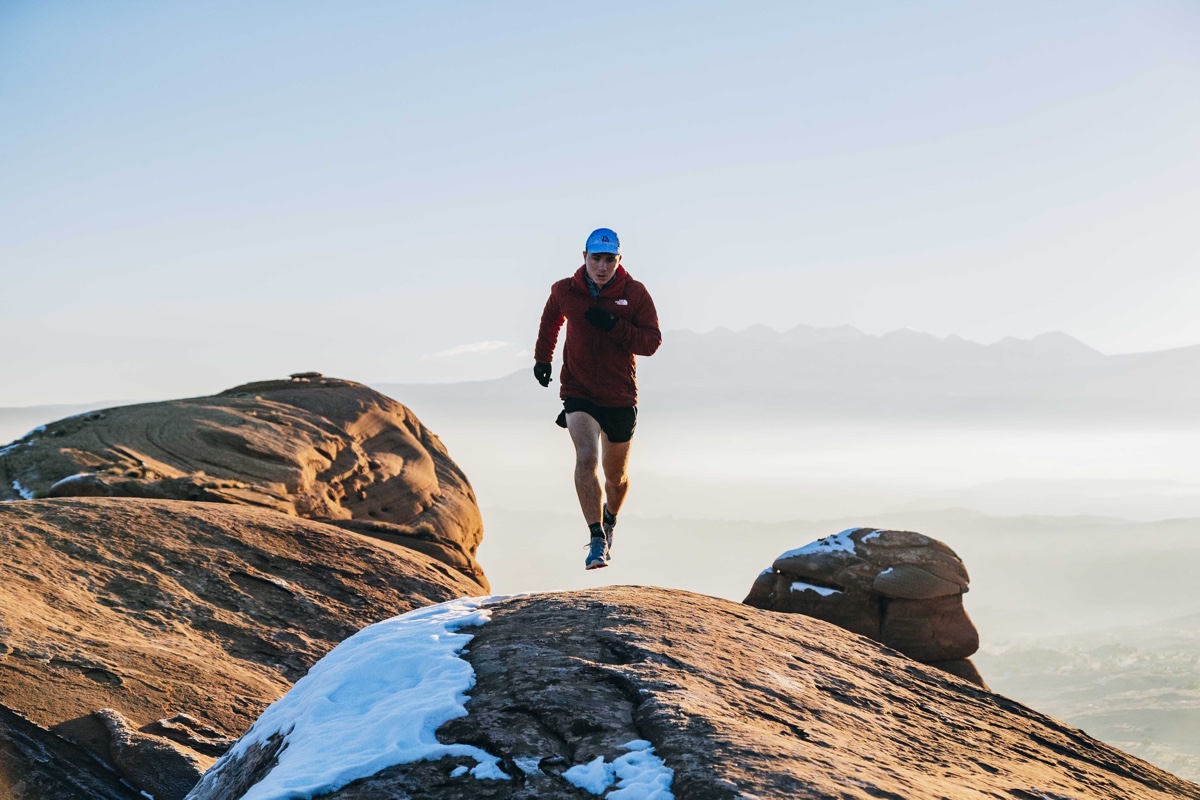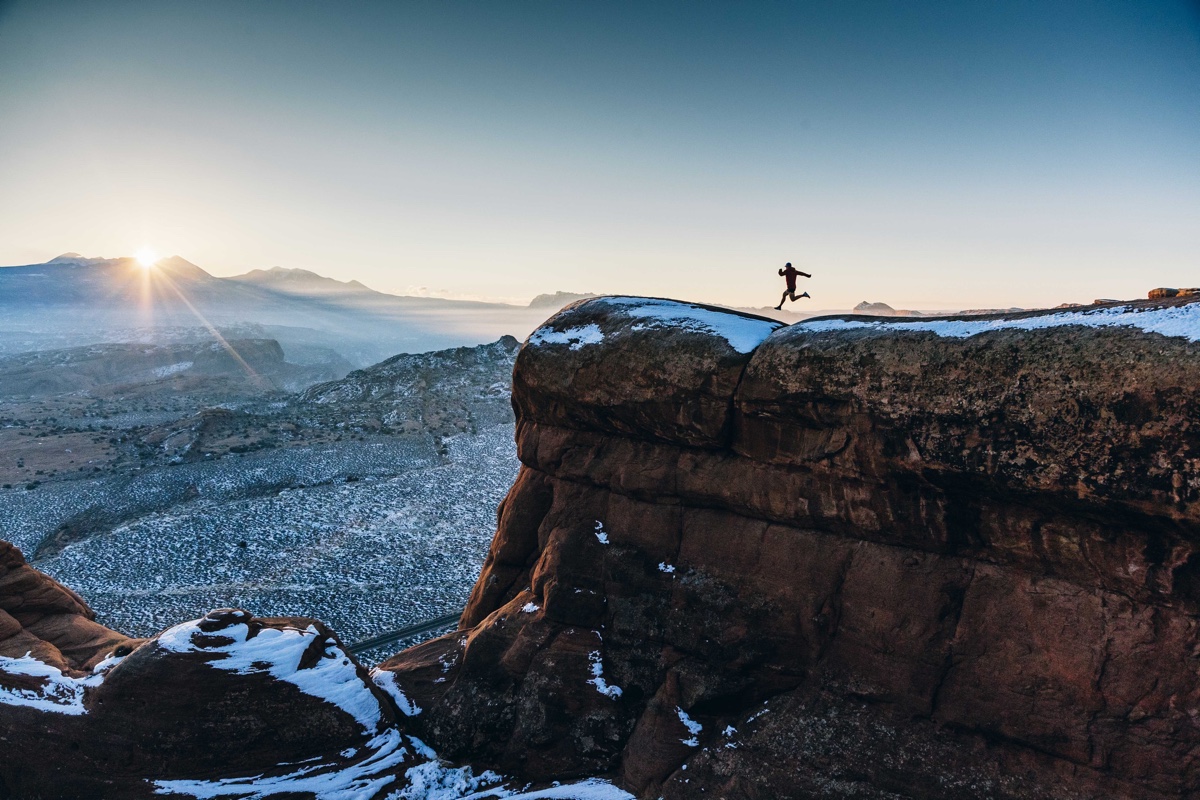Have you ever seen a runner look effortless? Stride swift, arms ticking away in perfect rhythm, head steady, face relaxed. Their stride has the depth of a theologian and the terseness of a poet. Part athleticism, part art.
As effortless as it may look, to say it comes easily would likely be remiss. It would be like assuming that the great poets of our time have words that just flow effortlessly from the tips of their pens. Sure, there may be some lines that are scrawled in that manner, but more likely than not, most are the umpteenth revision of something lesser. American poet Maya Angelou once said: “Some critics will write ‘Maya Angelou is a natural writer’–which is right after being a natural heart surgeon.” She was good at writing, but her words came with great effort.
It might have felt insulting, injurious even, to have her hard work overlooked so easily. Like a tree that spent many years toiling in the earth. We say that the tree was tall. It was strong. It was nice to sit beneath on a hot summer’s day. These are the obvious things, the end results on which we place importance and recognition. What a life it must be to spend so much time working at something, only to be recognized for a fraction of one’s qualities. But those in tune know there is more. Like a lover and their beloved, who see what others do not.
A woodsman, however, sees the tree for what it is. A lifetime of achievement. A careful crafting. A poem sourced of the finest thoughts. Most importantly, he recognizes what it gave of itself. The oldest of trees have plenty of signs indicative of their life. Hard knots form in the places where they branched out, and soft ones where branches died. The moments are hidden not. To the untrained eye, they are flaws.
To the woodsman, they are a stronghold. They say a tree heats us three times. Once to split, once to stack, and again to burn. It’s true, but the hard wood of a knot changes the equation. Knots heat twice in the splitting–that makes four. What bang for the buck!
If not burned, these diaries of life and death make their presence known in woodwork. Knots pose a challenge to the craft, but if navigated properly, they become a departure from the norm, a spark amidst the flowing flames of the grain.
Some may not recognize the story here. The young couple furnishing their new home sees only candy for the eye, something to impress their guests. It’s but a Maya Angelou poem that they assume leapt from pen to page naturally.
The craftswoman knows otherwise. She watched the tree grow, through wind, rain, snow, draught, and flood. Roots deep, it endured it all. In its final days she felled it reluctantly, with utmost respect. Careful and pointed in her actions, as if to say, “Thank you, I wish I could do more.”
Working with it is like a drawn-out funeral. At the same time, creating something new is a celebration of the life it lived, a eulogy void of exclusions. She doesn’t remove the knots or putty the worm holes. Instead she showcases them. What she makes of the wood is a poem, a 100-year story cut down to four succinct lines. Maya Angelou would understand. She’d search for the rest and pay her respects.
It’s the same in running. People see it all of the time. They watch it on TV, follow it on Twitter, and stare as it floats along the shoulder of the road. They are looking for a smooth finish and a succinct four lines, a lifetime commitment tragically defined only by a loping stride and a summation of seconds.
Admiration that floats upon these shallow waters is missing out. It’s beautiful, but it isn’t deep. Somewhere deep below the surface is a story of truth. It’s a story of joy, fear, hope, hardship, growth, and knots, of all the things that went into that each footfall. Keep this in mind the next time you see someone winning a race, zipping along on the side of the road, or running side-by-side with you out on the trail. Think to yourself, What four lines are they laboring over that I’m not reading?
Call for Comments
- What is a story that others have overlooked in you?
- Do you catch yourself assuming that others find ease in their craft?


